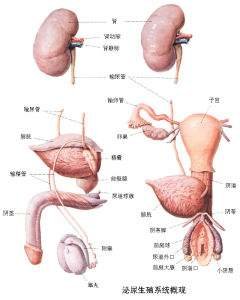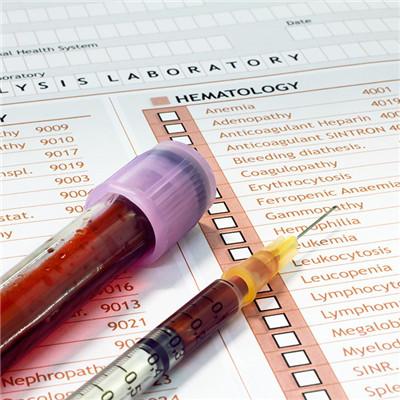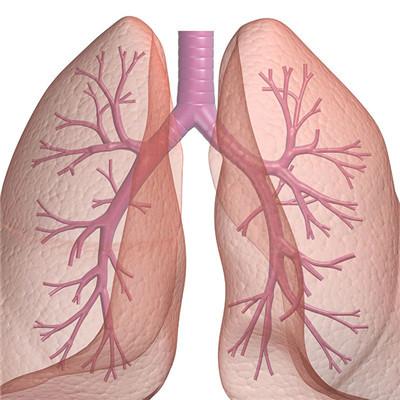Early symptoms of infantile epilepsy?
summary
What are the early symptoms of childhood epilepsy? Many people don't know about infantile epilepsy. Children's immunity and resistance are poor, so it's easy to suffer from this disease. This is the concern of parents. However, infantile epilepsy is easy to be misdiagnosed, so it's very important to know its symptoms. What are the early symptoms of infantile epilepsy? I'd like to share my views with you.
Early symptoms of infantile epilepsy?
The ratio of male to female was 1:2. There was a history of benign infantile convulsion in the first or second degree relatives, and the inheritance was autosomal dominant. During the seizure, the movement stopped, the head and eyes deflected to one side, the whole body muscle tension increased or accompanied by cyanosis, and then one side of the limb clonic twitch, which could spread into bilateral synchronous or asynchronous clonic movement. The interictal EEG was normal. Between successive episodes, unilateral slow waves and spike slow waves were recorded in the parietooccipital region. The recruitment rhythm of EEG during seizure starts from the central occipital region of one side and spreads to one hemisphere and the whole brain successively.
About 2% of epileptic children under 3 years old were diagnosed as benign myoclonic epilepsy. The ratio of male to female was 2:1. The onset age ranged from 4 months to 3 years. The seizure is characterized by generalized gross myoclonic twitch, which causes upper limb flexion. When it is serious, it can throw things out of the hand. If it involves the lower limb, it can cause a fall. When it is mild, it only nods and even closes eyes, so that it does not attract the attention of parents for a long time. The frequency of attack varies. Generally, the seizure is short (1-3 seconds), and the larger children may have the pseudo rhythmic repetitive myoclonic twitch lasting for 5-10 seconds. At this time, the children's consciousness is reduced, but there is no obvious loss of consciousness. The attack mainly occurred when awake, without trigger factors.
The onset age of infantile reflex myoclonic epilepsy was 6-21 months. Seizures are mainly caused by sudden external stimuli, such as sound or tactile stimuli. They are characterized by isolated systemic myoclonus or short string myoclonic twitch, especially in the upper limbs, which is similar to excessive startle response. If children expect this kind of stimulation, it will not cause seizures, so only the first stimulation can cause seizures when repeated stimulation. Myoclonic seizures can be induced during waking and sleeping. More than half of the cases may have spontaneous myoclonic seizures after a few months of onset, mostly in drowsiness or sleep.
matters needing attention
If infant epilepsy is not treated in time, it will affect the growth and development of children. Therefore, parents should identify infantile epilepsy as soon as possible in order to find and treat it early. If there are epilepsy patients in the family, we should pay more attention to the identification of infantile epilepsy.













